Dogs are known for their curious nature, often leading them to explore the world with their noses and, inevitably, their mouths. While this trait can be endearing, it also poses risks, especially when dogs ingest non-food items or toxic substances. Certain dog breeds, whether due to their size, energy levels, or sheer curiosity, are more prone to eating things they shouldn’t. This behaviour, known as pica, can lead to serious health issues, including intestinal blockages and poisoning. Identifying breeds most likely to engage in this behaviour can help owners take preventative measures to protect their furry friends. This article will explore ten dog breeds most likely to eat something they shouldn’t, delving into the reasons behind this inclination and offering advice on how to curb these potentially dangerous habits.
1. Labrador Retriever
Labrador Retrievers are notorious for their insatiable appetite, often eating anything they can get their mouths on. This breed’s voracious eating habits extend beyond food to inedible objects like socks, toys, and rocks. Labs are genetically predisposed to obesity, partly due to a gene mutation affecting hunger and fullness, leading them to consume more than necessary. Owners need to be vigilant in keeping harmful objects out of reach and providing ample exercise and mental stimulation to keep their Labs from resorting to eating inappropriate items.
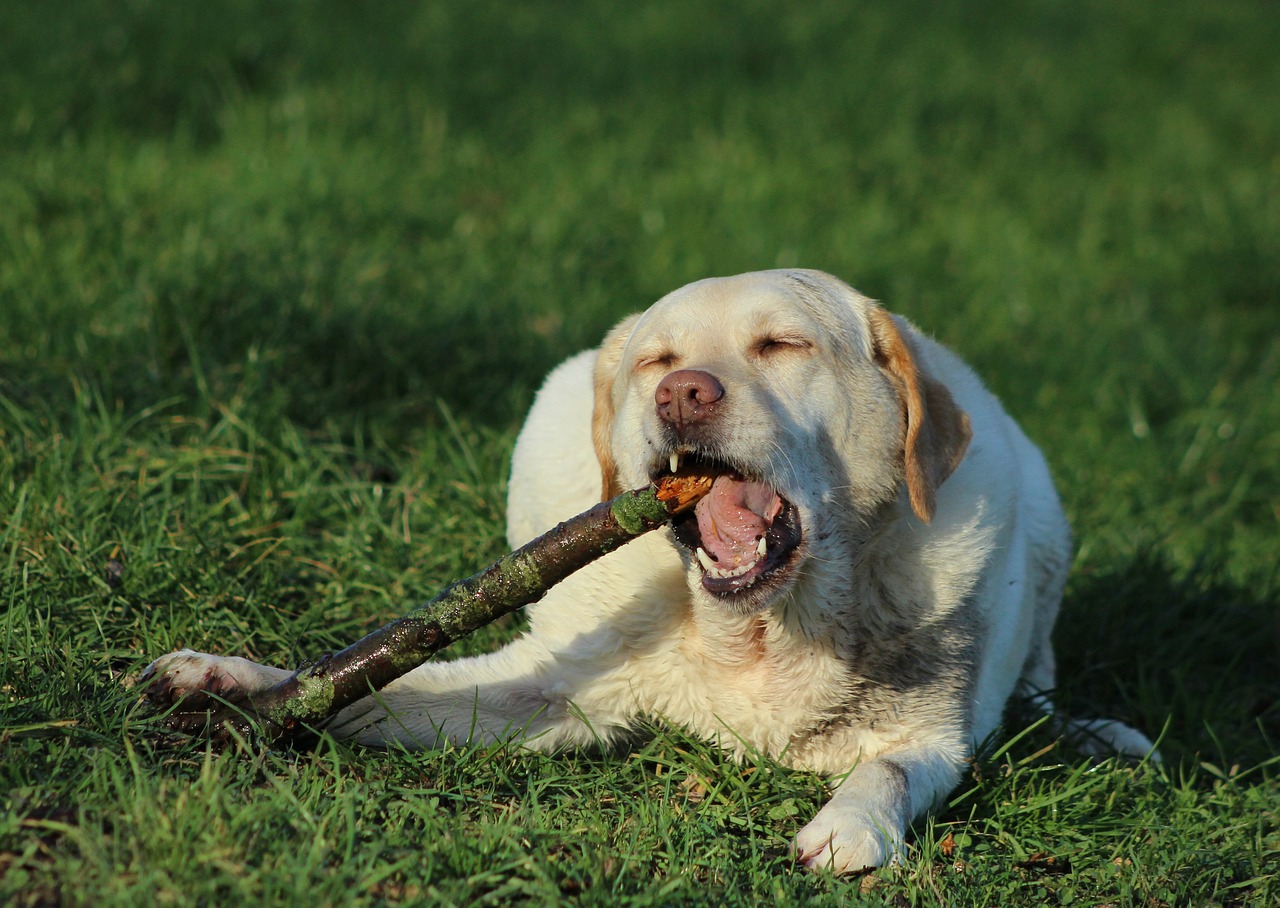
2. Beagle
Beagles, with their strong sense of smell, are driven by their noses to investigate everything, often leading them to taste what they find. This breed’s hunting background means they are naturally inclined to scavenge, making them more likely to ingest potentially harmful items. Beagle owners should ensure their homes are free of small objects and toxic foods, and consider using puzzles and feeders to satisfy their Beagle’s need to search and forage more safely.
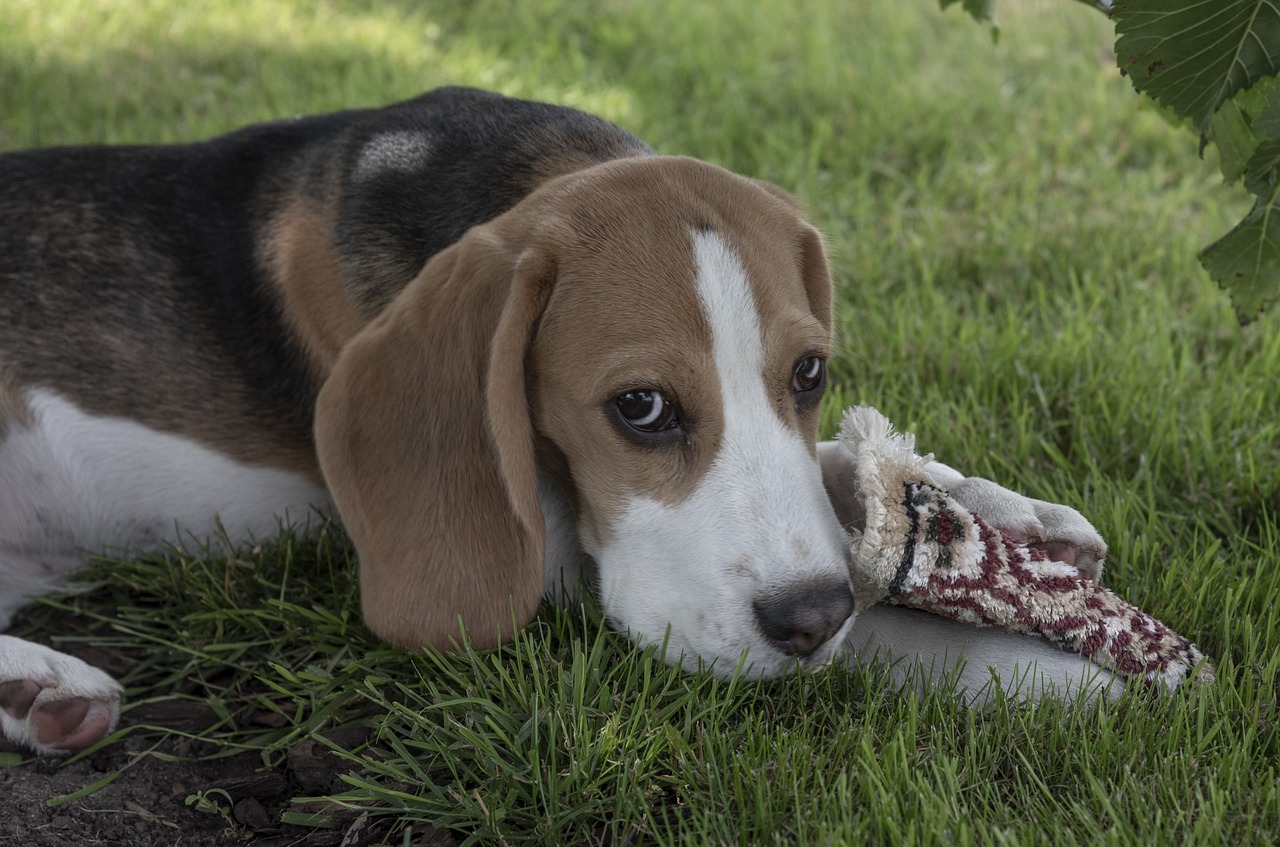
3. Golden Retriever
Golden Retrievers are known for their gentle mouths, capable of carrying an egg without breaking it. However, this soft mouth and their friendly, curious nature can sometimes lead them to explore and ingest items they shouldn’t. Goldens, especially younger dogs, may chew and swallow objects out of boredom or curiosity. Providing them with plenty of chew toys and monitoring their environment closely can help prevent accidental ingestions.
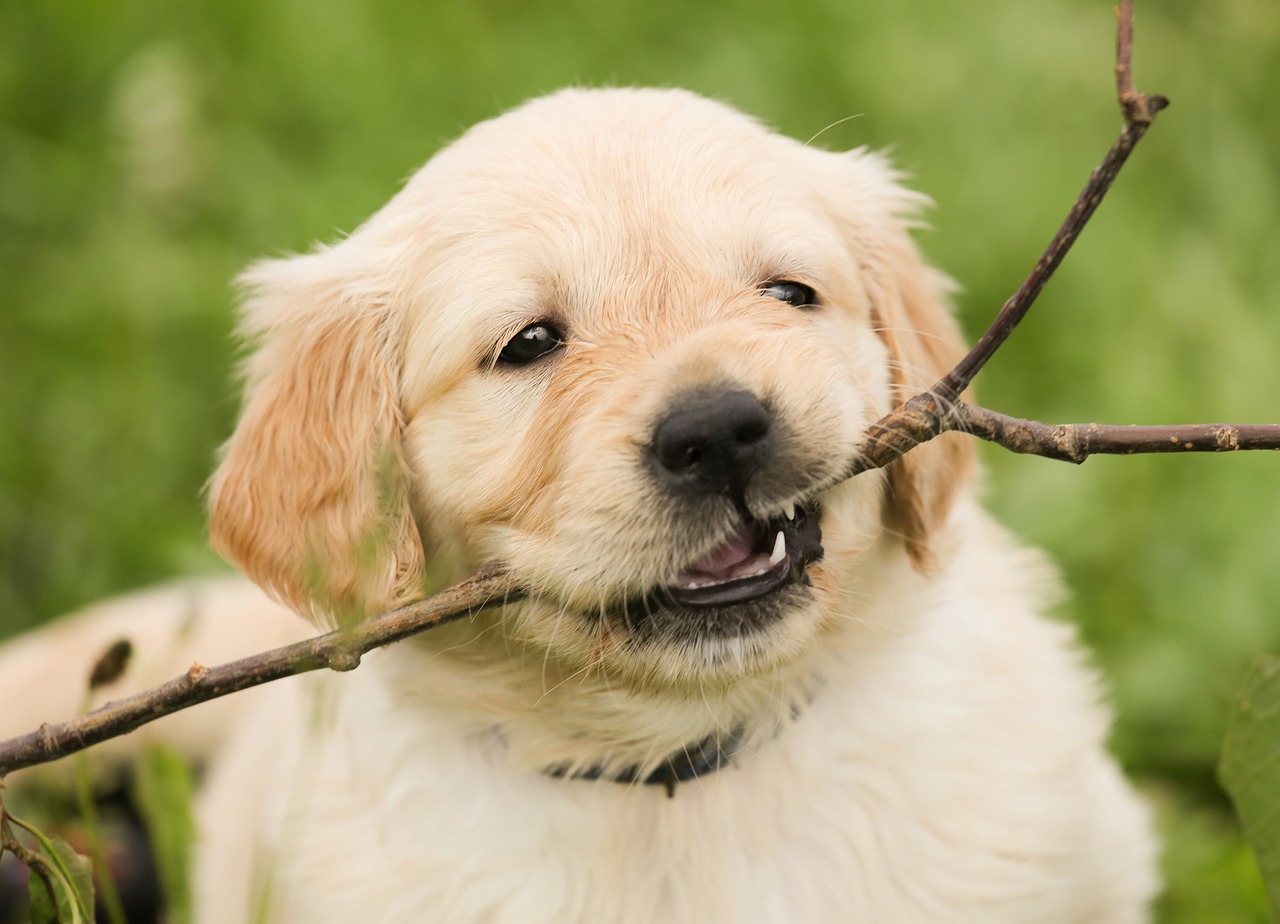
4. Boxer
Boxers are playful and energetic, with a youthful demeanour that lasts well into their adult years. This breed’s high energy levels and tendency towards playfulness can sometimes result in chewing and swallowing objects that pose a risk to their health. Boxers benefit from regular, vigorous exercise and mental stimulation to help curb their desire to chew on inappropriate items. Owners should also regularly inspect their living spaces to remove potential hazards.
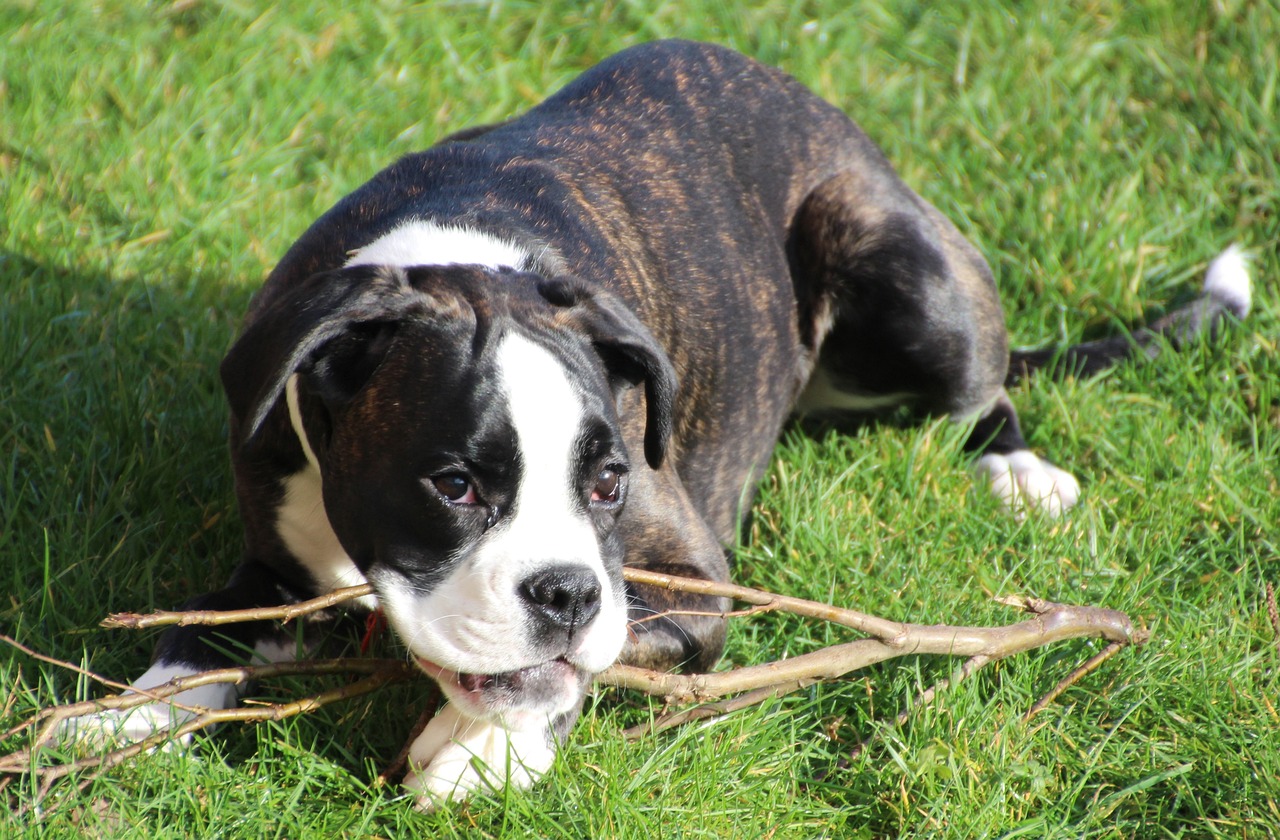
5. Dachshund
Dachshunds are curious and tenacious dogs, traits that serve them well in hunting scenarios but can lead to trouble at home. Their small size and close-to-the-ground stature make it easy for them to find and ingest small objects. Dachshund owners should be particularly cautious about leaving small items within reach and provide appropriate chew toys to satisfy their dog’s natural inclination to dig and forage.
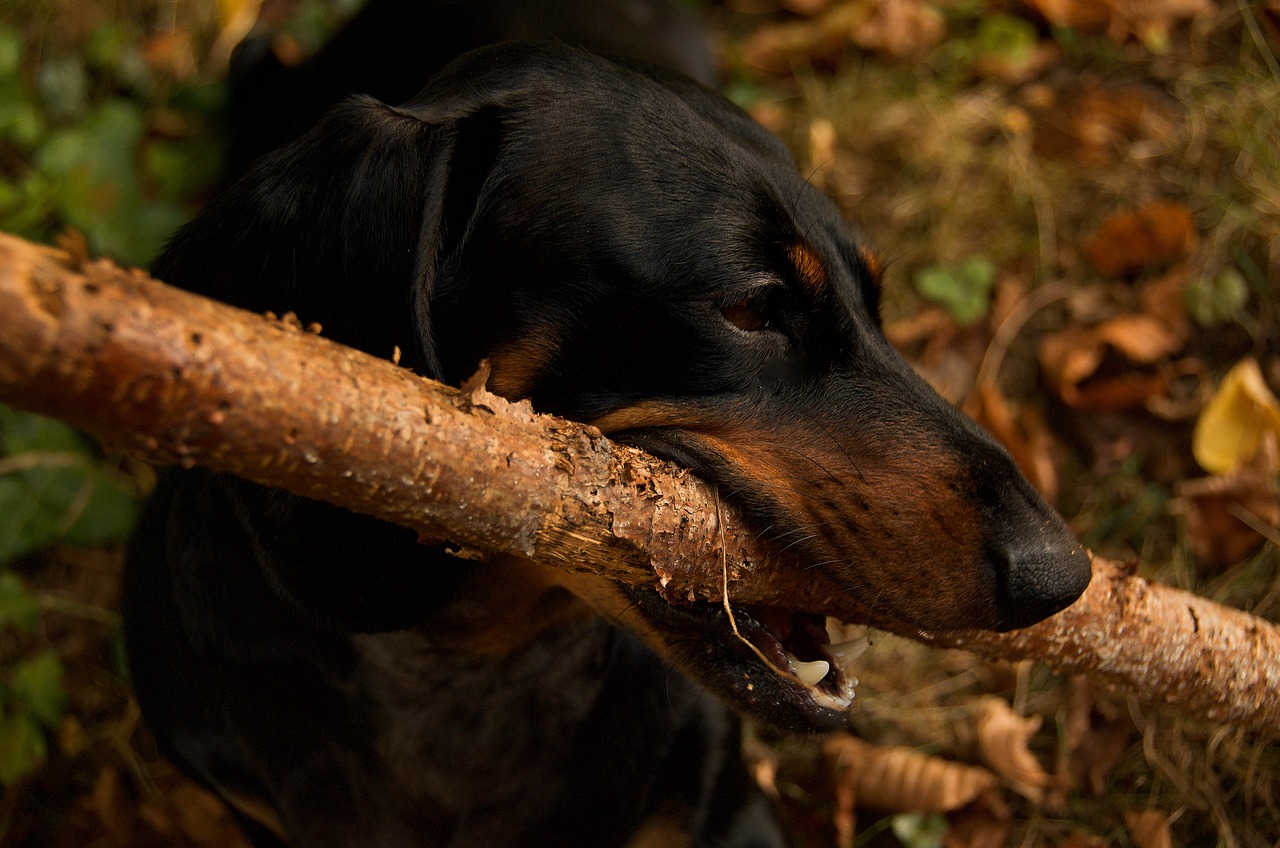
6. Siberian Husky
Siberian Huskies are adventurous and often independent dogs, known for their ability to escape enclosures and explore their surroundings. This exploratory behaviour can sometimes lead them to eat things they shouldn’t, especially if they wander into areas where garbage or toxins are accessible. Ensuring Huskies have a secure, engaging environment and are closely monitored during outdoor activities can help minimize the risk of ingestion of harmful items.
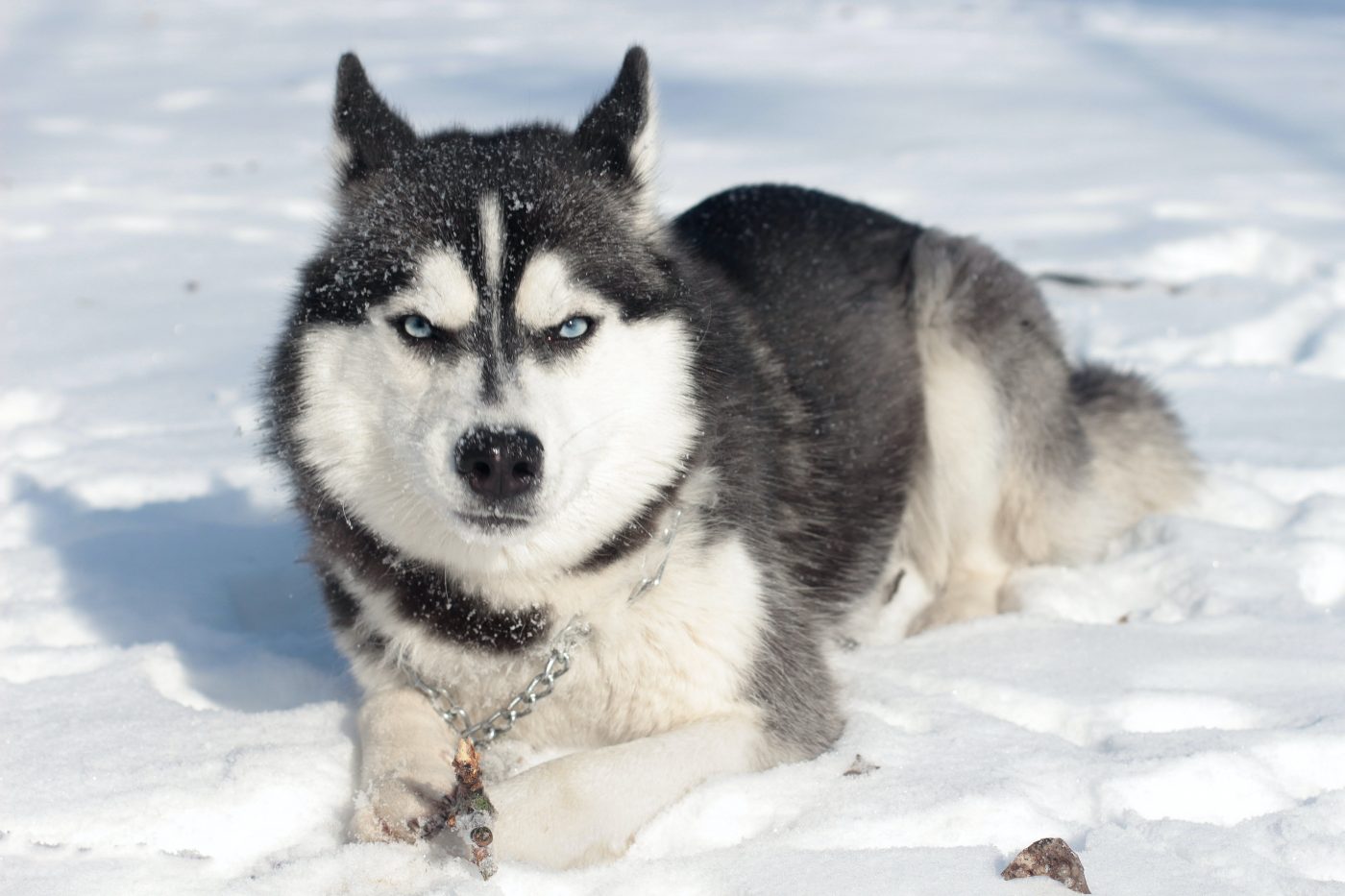
7. Bulldog
Bulldogs, both English and French varieties, have a reputation for being a bit lazy, but they can be surprisingly curious about their environment, leading to the ingestion of foreign objects. Their strong jaws can chew through a variety of materials, making it important for owners to keep an eye on what their Bulldog is mouthing. Regular exercise and interactive toys can help keep them occupied and reduce the likelihood of inappropriate chewing.

8. Pug
Pugs are charming companions with a mischievous streak, often getting into things they shouldn’t. Their small size and curiosity can drive them to explore and taste objects that may be harmful. Owners should be diligent in keeping small objects and toxic substances out of reach and provide plenty of safe, suitable toys for their Pugs to enjoy.
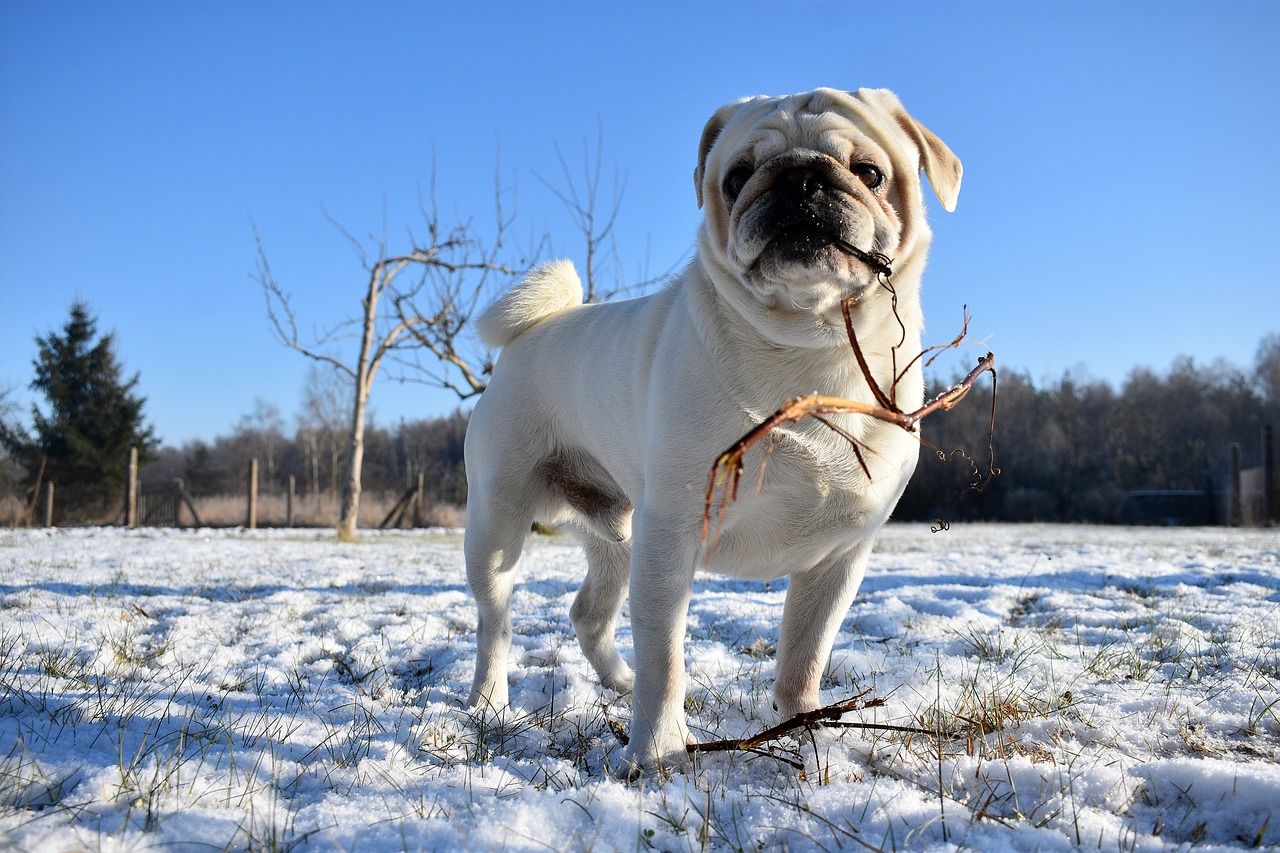
9. Cocker Spaniel
Cocker Spaniels are known for their gentle and affectionate nature, but they also have a curious side that can lead them to investigate and ingest items they find during their explorations. Regular supervision and providing a variety of appropriate chew toys can help satisfy their curiosity without risking their health.
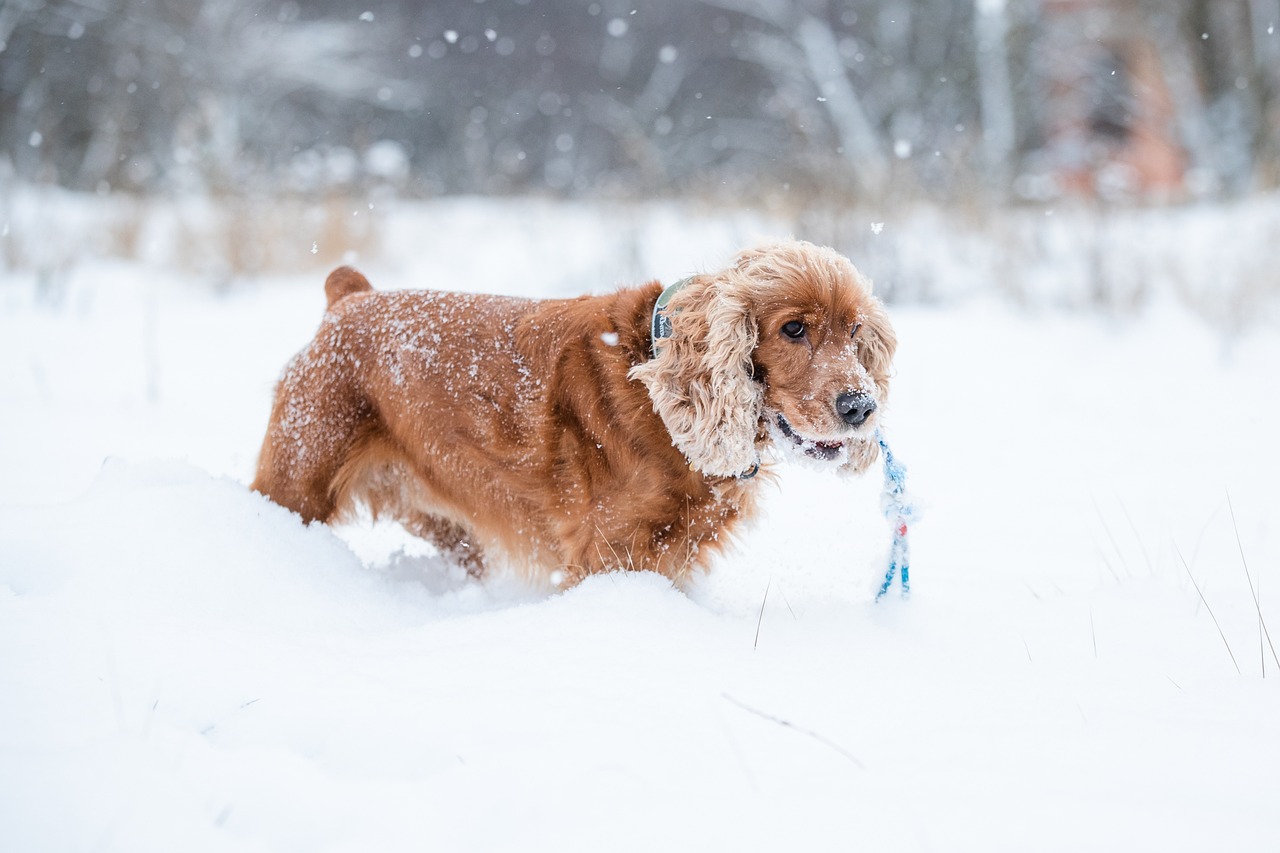
10. Rottweiler
Rottweilers are powerful and intelligent dogs, but their strength and curiosity can sometimes lead them to chew and swallow objects that pose a risk to their health. Providing them with strong, durable chew toys and engaging them in regular training and exercise can help manage their chewing behaviour and prevent the ingestion of dangerous items.
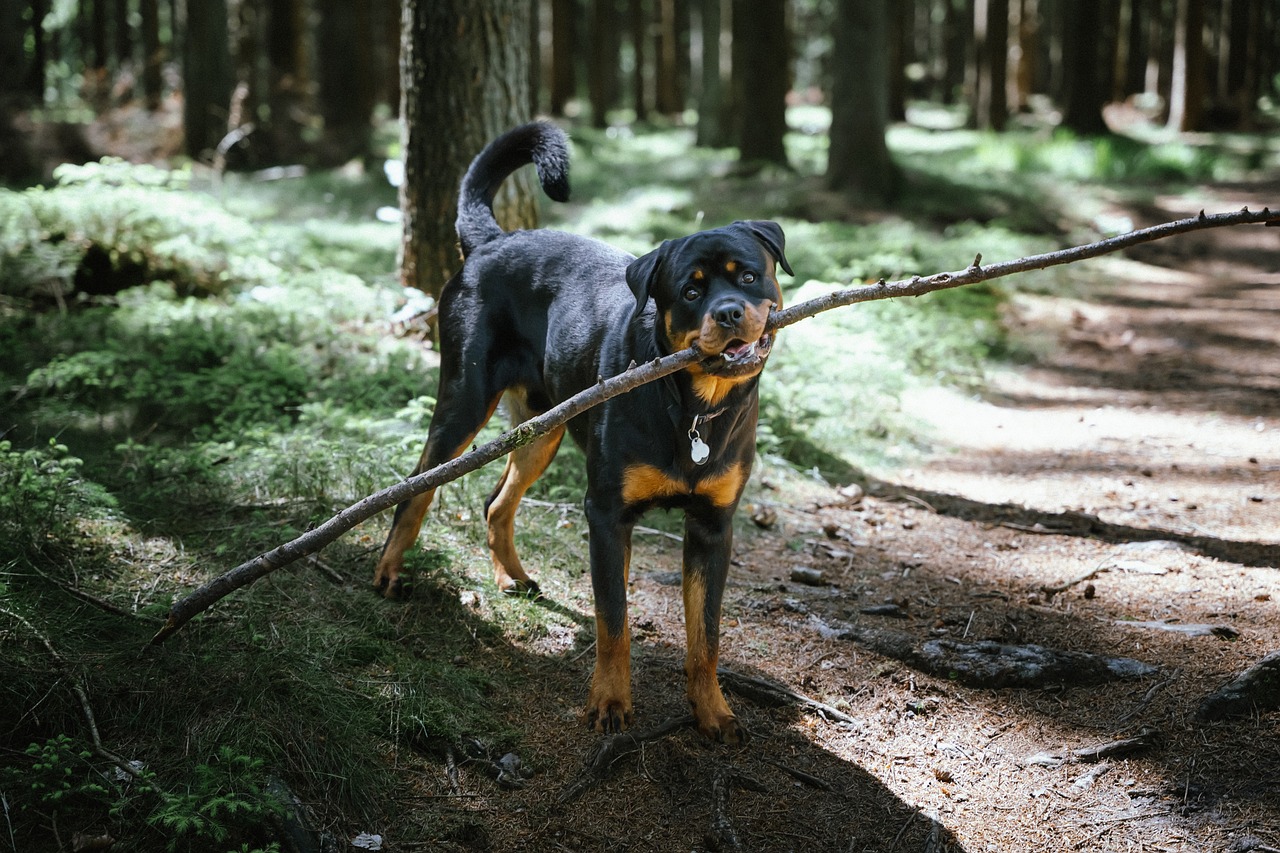
While many dogs may exhibit the behaviour of eating things they shouldn’t, certain breeds are more prone to this due to their size, energy levels, curiosity, and genetic predispositions. Owners of these breeds should take extra precautions to ensure their environment is safe and free of potential hazards. Regular exercise, mental stimulation, and appropriate supervision can help mitigate the risk of ingestion of harmful objects, ensuring these curious canines stay healthy and happy throughout their lives.
 Toledo, United States.
Toledo, United States.